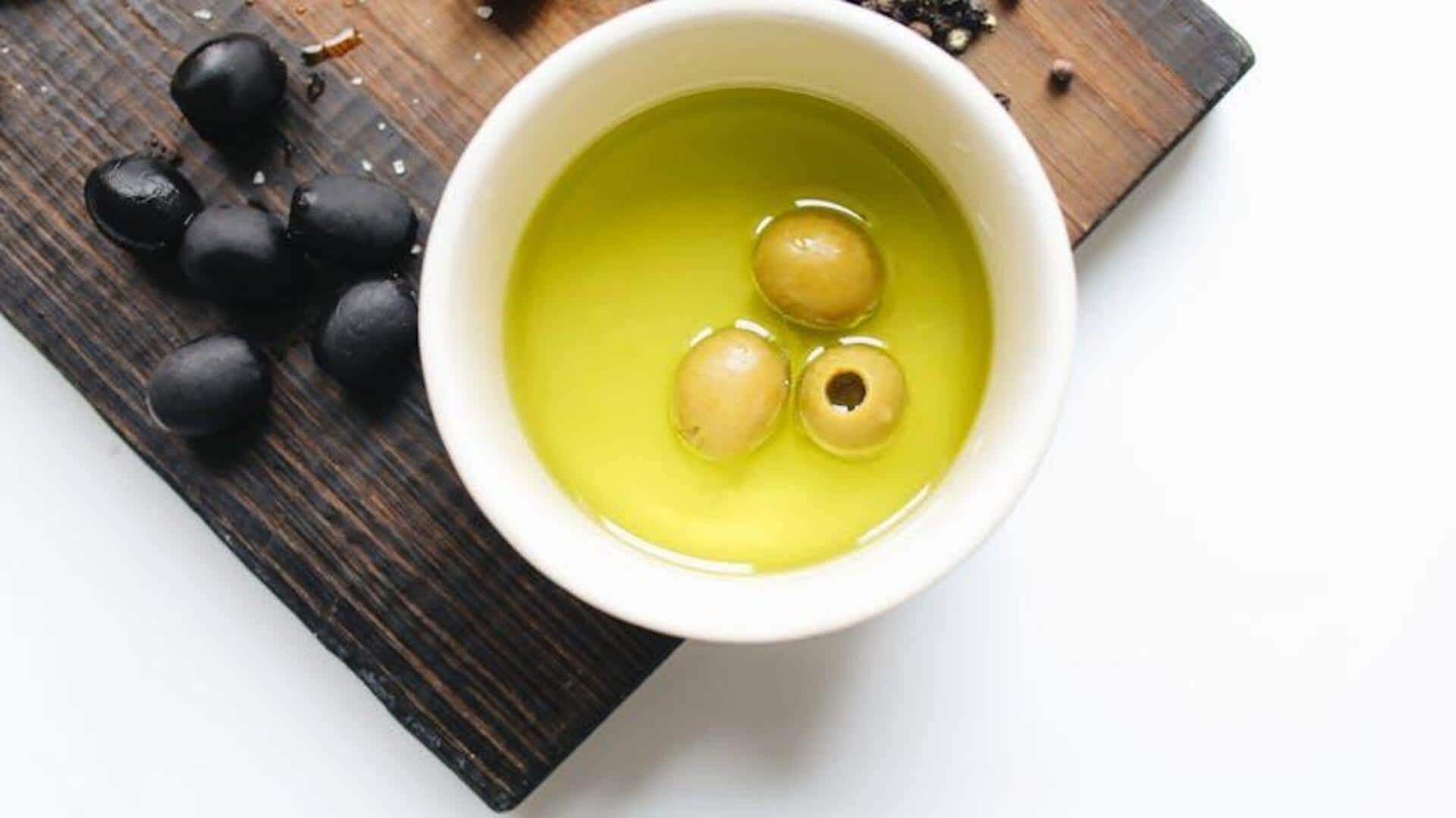
Confused about olive oil flavors? We're here to help
What's the story
Olive oil is a staple in kitchens worldwide, prized for its intricate flavors that enhance any culinary creation. However, identifying these subtle notes requires a refined palate. This article offers five taste training exercises to help you develop a discerning appreciation for olive oil's delicate complexities. Don't worry, these practices are straightforward and effective! Perfect for foodies who want to take their taste buds on a gourmet adventure.
Foundation
Start with the basics
Before you can identify complex flavors, you need to familiarize yourself with the four basic tastes: sweet, sour, bitter, and salty. Start by tasting foods that represent each of these tastes. Think honey for sweet, lemon for sour, kale for bitter, and sea salt for salty. This will train your palate to identify these basic tastes when they're present in olive oils.
Fruit notes
Identify the fruitiness
Olive oils frequently possess fruity attributes, ranging from mature to unripe fruit flavors. To identify these nuances, sample a variety of fruits such as apples, green bananas, and both ripe and unripe tomatoes. This, in conjunction with olive oil tasting, will help calibrate your palate to discern the fruity notes present in different olive oil varieties.
Bitter Edge
Detect bitterness and pungency
The bitterness and pungency you might not like in olive oil are signs of freshness and high antioxidant content. To train your palate to appreciate these characteristics, sample bitter foods like radicchio or arugula, and spicy ones like black pepper or chili flakes. Relating these experiences to what you taste in olive oil will help you recognize and appreciate its freshness.
Scent journey
Explore aromas
Tasting olive oil is not just a matter of taste but also of smell. Olive oils can range from grassy to nutty. To train your nose, which is crucial for distinguishing flavors, set up a smelling station with items such as fresh basil, almonds, and roses. Sniffing these before tasting olive oil will help you recognize similar scents in the oil.
Mix master
Practice blending flavors
Knowing how olive oil interacts with other ingredients is key to mastering its use in the kitchen. By experimenting, i.e., by blending olive oils with various vinegars or citrus juices to create dressings, you'll discover how each combination enhances or contrasts the oil's flavor profile. This not only refines your palate but also fuels your culinary creativity. You'll uncover unique pairings that elevate simple ingredients to gourmet masterpieces.